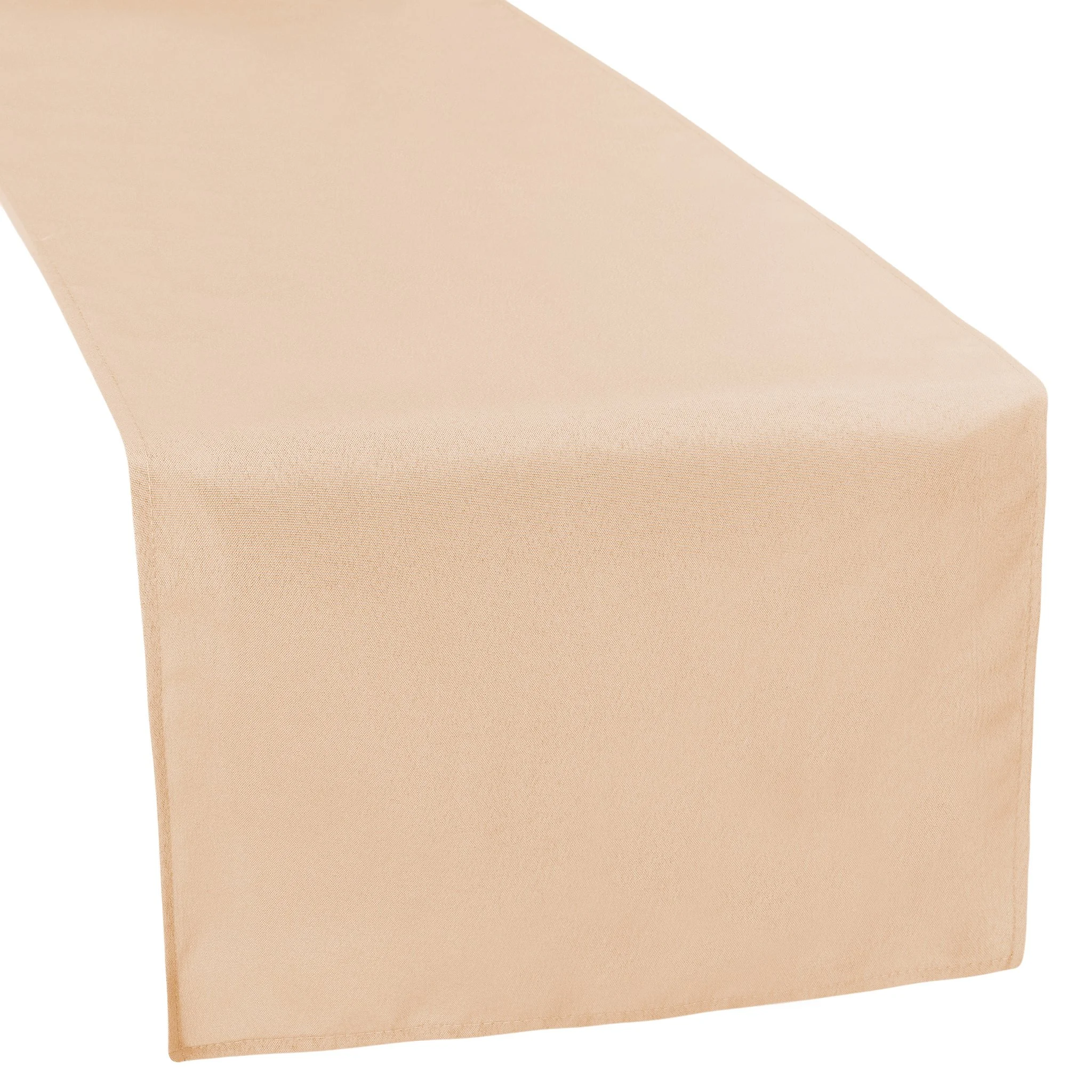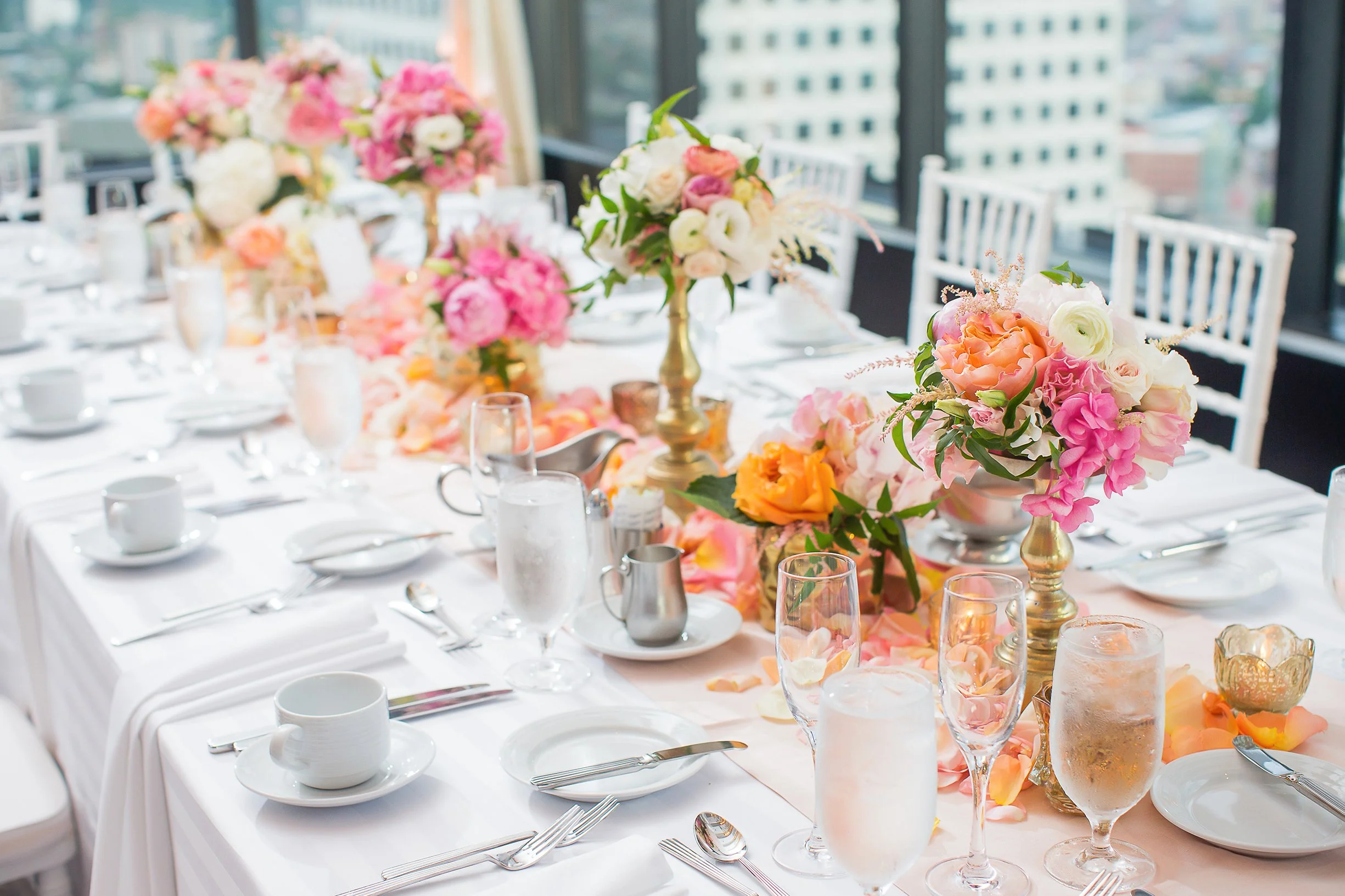Artful Atmospheres: Setting the Stage for Wedding Illustrations and Portrait Stations
This is a guest blog post by CV Linens
Styling your wedding around live art starts with choosing the right space and tools. Backdrops and drapery help define and elevate the area, while lighting, layout, and signage ensure your guests know how to engage. From vibrant live paintings to personal guest sketches, these experiences can feel like a natural part of your décor when approached with intention.
Creating a Scene Worth Painting
Live wedding painting and on-the-spot guest portraits are more than just entertainment. They’re a personal and artistic way to preserve the emotions of the day. These forms of live art do more than capture moments on canvas. They bring guests into the creative process, add visual interest to your reception space, and become part of your event story.
From candid glances to first dances, these one-of-a-kind pieces document your celebration through an artist’s eyes. But beyond the brushstrokes, creating the right environment for the artist to work is key to making the experience seamless and beautiful.
Why Live Art Is a Perfect Fit for Modern Weddings
Live painting at a wedding reception adds a layer of charm and intentionality to the event. As an alternative to traditional photography, these artworks reflect the ambiance and emotion of the day with texture and movement. It’s a powerful way to make your wedding feel more intimate and expressive.
Illustration stations, where guests can receive quick portrait sketches, are also gaining popularity. These small, personal artworks serve as keepsakes and conversation starters, often giving guests something more meaningful than standard favors. When thoughtfully styled, this type of entertainment becomes part of the overall event design.
For more inspiration on this trend, take a look at this blog post about incorporating art into weddings, which explores how creativity can elevate a celebration.
Setting the Scene: Design Tips for Art-Focused Spaces
The space where the artist works should feel like a natural extension of the rest of your venue. Start by choosing a location that allows for comfortable flow and observation without crowding. Soft lighting, a clean backdrop, and minimal distractions all contribute to a better experience for both the artist and the guests.
Using structured backdrops can help define the area and give it visual impact. These can be simple fabric frames, floral arches, or thematic structures that match your overall décor. They not only frame the artist’s canvas but also enhance the background of photos that guests might take.
To create a softer, more romantic atmosphere, layering drapery behind or around the artist’s station can add texture and intimacy. Choose hues that complement your wedding palette—sheer whites, muted pastels, or rich jewel tones depending on your aesthetic.
Lighting, Layout, and Guest Flow
Lighting makes a huge difference in how the artist works and how the space feels. Natural light is always a plus, but for evening weddings, consider soft uplighting or lantern-style fixtures. Avoid harsh spotlights that might flatten the scene or distract from the art. Your artist will need to bring their own lamp for once it gets dark.
When planning the layout, think about how guests will interact with the space. If you’re incorporating live guest portraits, it helps to provide comfortable chairs. A sign explaining the process keeps things organized and avoids confusion.
For live wedding painting, position the easel where key moments will unfold—near the dance floor, the ceremony site, or the head table. This helps the artist capture important scenes naturally, without disrupting guest movement.
Making It Feel Like a Cohesive Part of the Wedding
When styled well, live art doesn’t feel like a side attraction. It becomes part of the visual and emotional rhythm of the event. Use florals, table accents, or even your seating layout to guide the eye toward the painting or portrait area.
If you’re offering both painting and illustration experiences, space them out across the venue to keep things flowing and avoid bottlenecks. One might be set near cocktail hour seating, while the other is positioned closer to the reception dance area.
These thoughtful decisions make the entire experience feel intentional and artistically woven into your day. And if you’re still browsing ideas, start by seeing how some couples have used creative wedding layouts and guest art to personalize their celebration.
FAQs
What is live wedding painting?
It’s a form of real-time art where an artist paints a key moment. Imagine having a painting at your ceremony or first dance as it happens. The finished piece becomes a keepsake that captures the spirit of the day in a unique way.
How can I style the area for live painting?
Use draped fabrics and structured backdrops to frame the artist’s workspace. Include soft lighting and signage to make it feel inviting and intentional.
What’s the difference between guest portraits and live painting?
Live painting typically captures a wide scene or moment. Guest portraits are individual sketches of your attendees, drawn quickly throughout the event and gifted as favors.
Where should the artist be located at the venue?
For both painting and portraits, be sure to set the artist up in an area that they can be seen and interacted with but also out of the way. Always keep in mind where speakers will be so that the guests and artists can comfortably communicate.


